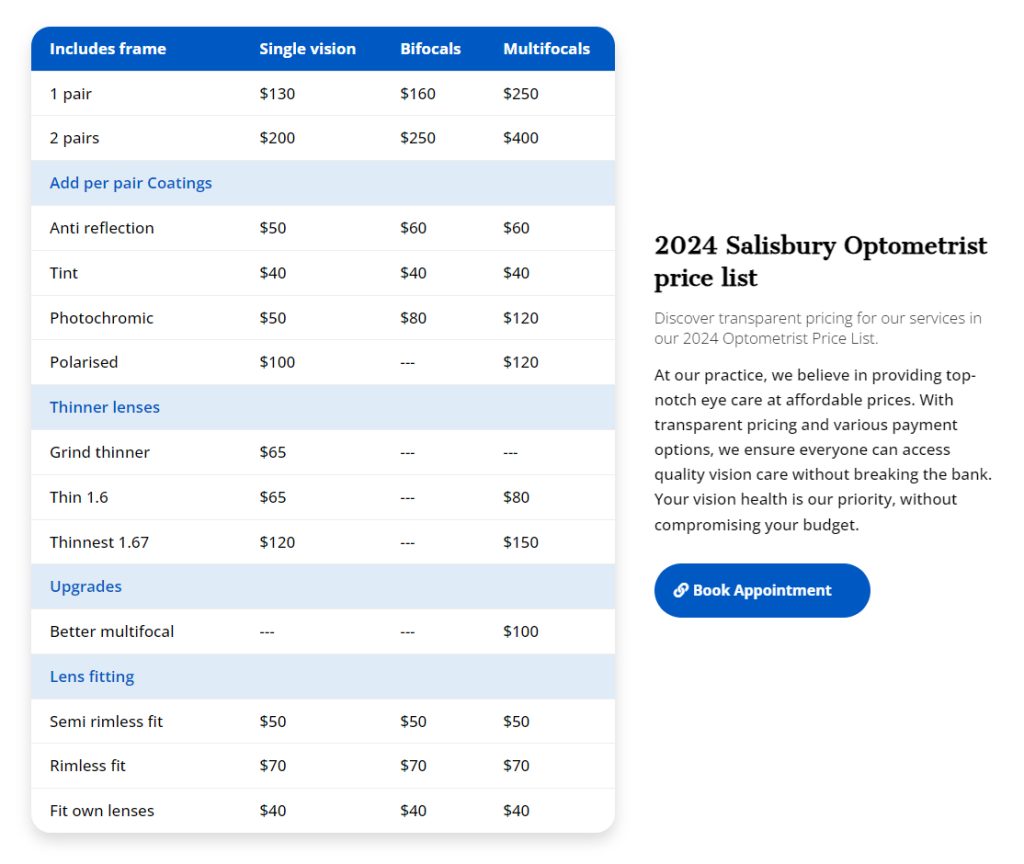Many people have the chance to see the world in its full bloom, with vibrant colours. However, this blessing eventually gets taken away from them. People often have several age-related issues, and one of these problems is farsightedness. In this blog, you will learn about farsightedness and when people are affected by it.
What is Farsightedness (Hyperopia)?
Farsightedness, or Hyperopia, is a common eye condition that causes the vision to appear blurry. It causes difficulty in looking at things up close. Millions of people worldwide are affected by this condition. The eye becomes unable to focus light accurately on the retina, which results in blurry vision. While farsightedness can present many challenges, it is important to remember that it is manageable, and there are several effective ways to overcome it.
When Does Farsightedness Start?
Farsightedness can develop at any age. However, it typically becomes more noticeable in adulthood, around the age of 40. This is due to a natural age-related process called presbyopia. In this condition, the lens of the eyes gradually loses its flexibility, which makes it harder to focus on objects that are near. This should not be confused with Hyperopia, which is a life-long condition that requires you to focus more strongly when you need to see up close. It is important to note that some people are born with farsightedness, and it may be present from childhood or adulthood.
Symptoms Of Farsightedness
While the symptoms may not be noticeable at the beginning, you may feel strain in your eyes as the condition progresses. The severity of farsightedness depends on the individual factor, and the symptoms can vary too. Some of the most common signs of this condition are:
- Blurry vision, especially for close-up objects
- Squinting to focus
- Headaches and eye strain
- Difficulty reading or working on a computer
- Holding objects farther away to see them clearly
- Difficulty seeing in low-light conditions
Overcoming Farsightedness
The chances of farsightedness going away are close to none. However, there are several ways you can lessen the symptoms. Here are some of the most common options:
Eyeglasses & Contact Lenses
The most common way to correct farsightedness is by wearing eyeglasses or contact lenses. These lenses help focus light properly on the retina and provide a clear vision at all distances. There are a variety of lens options available. One of the most popular ones is bifocal glasses. Contact lenses are a popular option, too. However, not all should wear it. People with dry eyes and other eye conditions, like astigmatism, should avoid contact lenses. They can also cause severe eye allergies and need to be handled with care to avoid infection. Eyeglasses and contact lenses can be customized to meet your specific needs.
Laser Eye Surgery
Many people may feel uncomfortable wearing both glasses or lenses. They may not like the weight of the objects. For them, there is a permanent solution for farsightedness- laser eye surgery. It is a medical procedure that reshapes the surface of the eye. It uses lasers to reshape the cornea, which allows light to focus more accurately on the retina. Surgeons provide a numbing agent before the surgery to avoid discomfort. The effects of laser eye surgery are long-lasting, permanently adjusting the shape of the eyes so they can focus light correctly. Most people who undergo this surgery will have good to excellent vision for many years or decades. Laser eye surgery is a safe and effective procedure with a high success rate.
Eye Exercises
While eye exercises cannot cure farsightedness, they may help to improve your ability to focus and reduce eye strain. Some simple exercises include:
- Focusing on objects at different distances
- Rolling your eyes in circles
- Pressing your palms gently against your eyes
- Following a moving object with your eyes
One of the most popular eye exercises is the “20-20-20” rule. It involves focusing on an object that is 20 feet away from you for about 20 seconds. This exercise is particularly helpful for people who work on screens all day. Scheduling these brakes can also help alleviate the stress from your eyes.
Manage Your Digital Screen Time
Spending excessive time staring at screens contributes to eye strain and blurry vision. Take breaks from screens to reduce eye strain. Blink frequently and adjust your screen’s brightness and contrast settings. Make sure the room is lit softly while watching the TV. If your smartphone has a lot of glare, consider getting a matt screen protector. Perform the eye exercises as mentioned above to relieve stress. You can also wear affordable eyeglasses that provide protection against UV rays that are emitted from the screens.
Maintain A Healthy Lifestyle
Your lifestyle has a huge impact on your eye health, too. Eating a healthy diet, getting regular exercise, and getting enough sleep can all contribute to overall eye health and may help to improve your vision. Bell peppers are high in vitamin C and are great for eye health, along with citrus like oranges, lemons, and grapefruit. Other foods that you can have are leafy green vegetables, seeds, animal protein, beans, and legumes.
Living with Farsightedness
While farsightedness can be a frustrating condition, it’s important to remember that it’s treatable. With proper diagnosis and management, you can enjoy clear vision and live a normal life. By following these tips and working with your eye specialist at Salisbury Optometrist, you can overcome the challenges of farsightedness and see the world clearly.




0 Comments